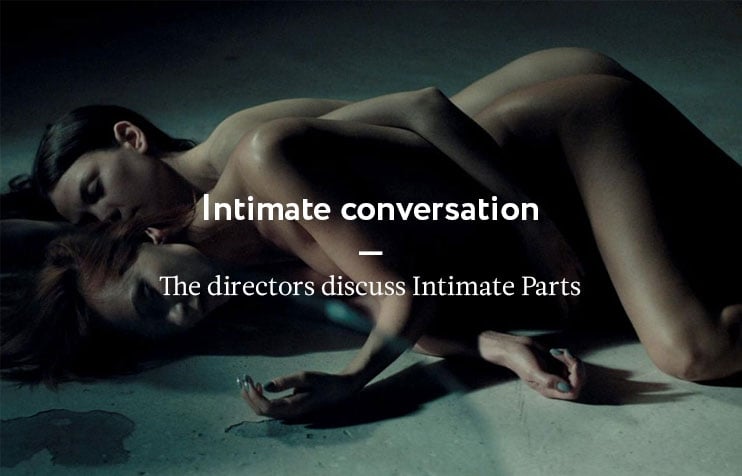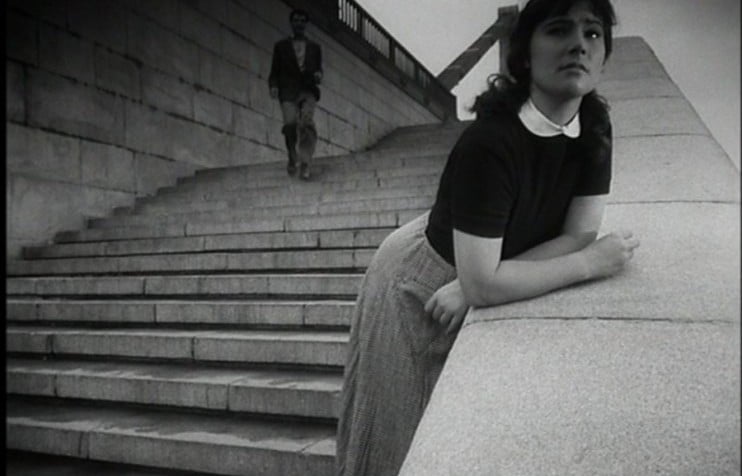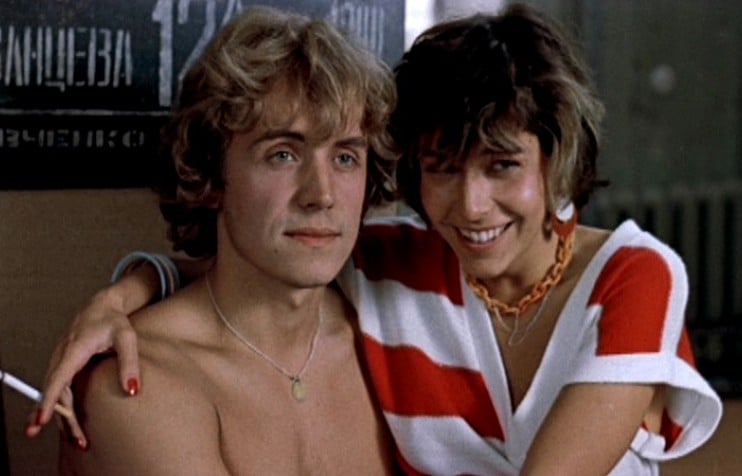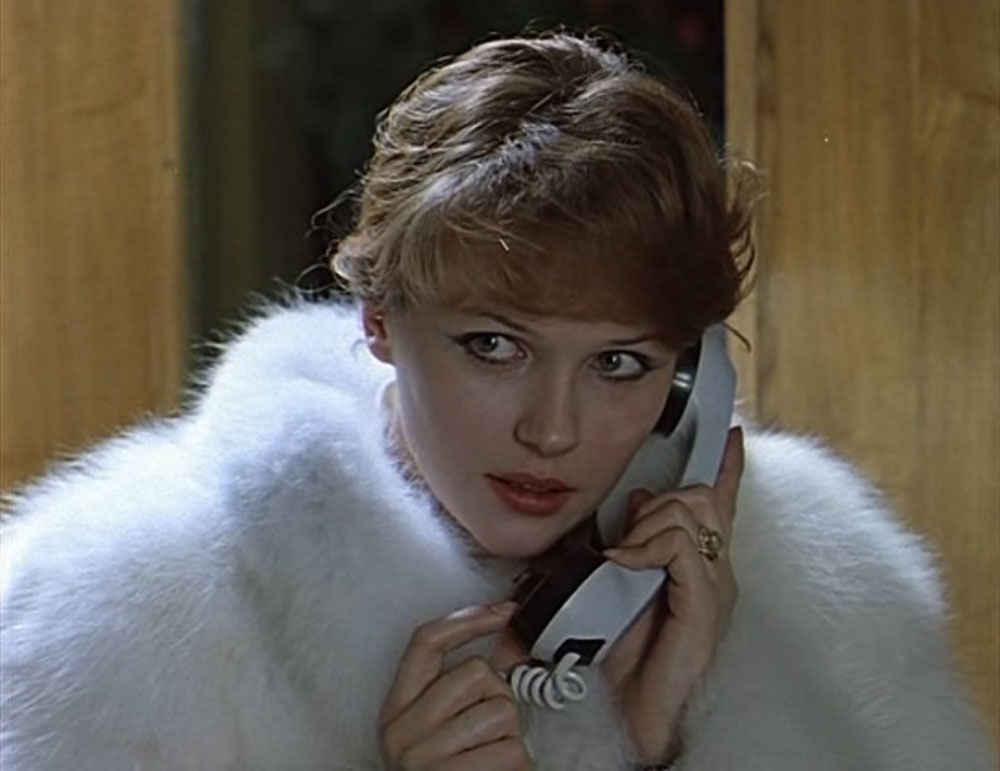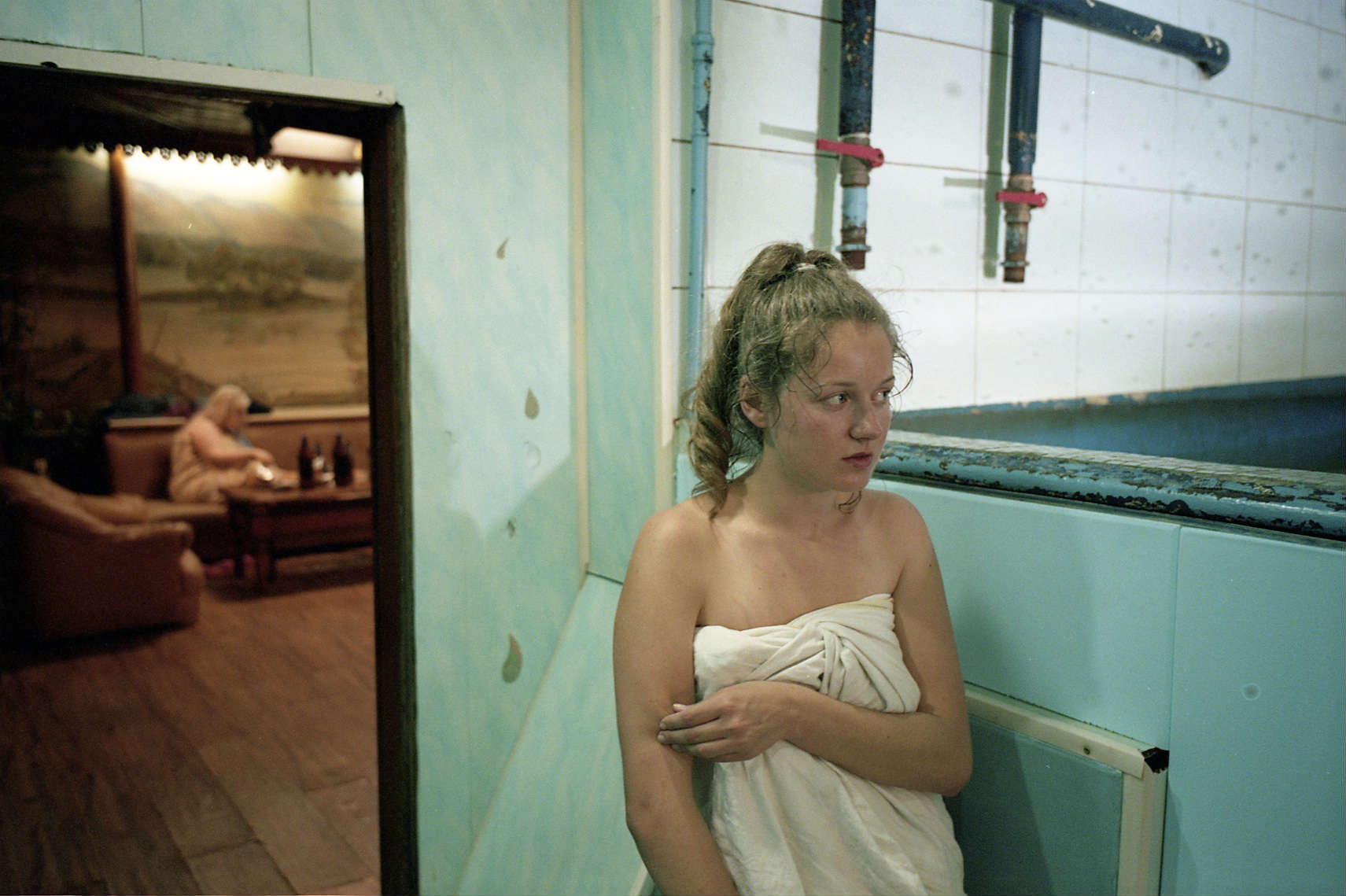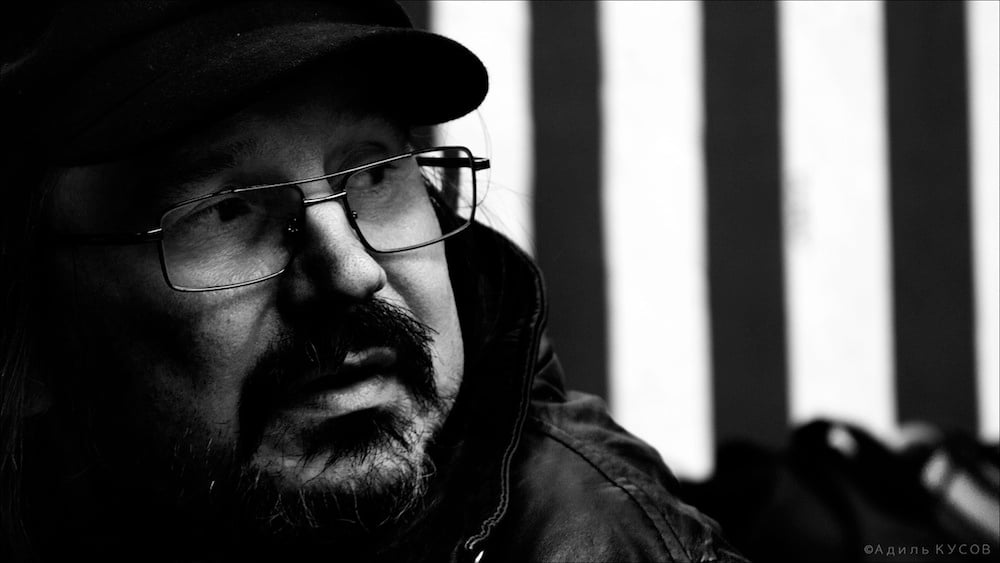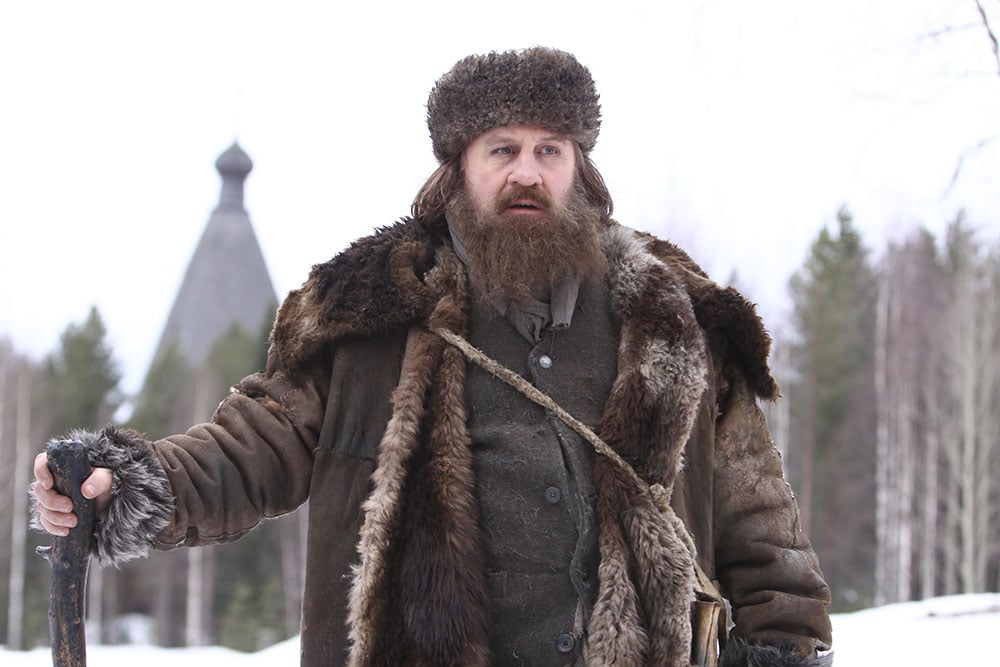Explicit agenda: sex on screen in Russia

New film Intimate Parts breaks the mould in Russian cinema with its frank portrayal of nudity and sexuality. But, argues author Agata Pyzik, sex has always been there in Russian films — just not how you expect
A middle-aged female censor, after a long day of carefully removing overly erotic or inflammatory details from Russian films, shuts herself in her empty flat, turns on Depeche Mode and masturbates vigorously with a vibrator until the batteries run out. This vision does not come from David Cronenberg or JG Ballard, nor is it the revenge fantasy of a long-suffering director (though let’s not rule that out); in fact, it’s a scene from Russian cinema’s surprise hit of 2013, Intimate Parts — a strikingly frank examination of sexuality in a prudish cinematic landscape.
Intimate Parts, which was directed by debut husband-and-wife duo Natasha Merkulova and Alexey Chupov boasts depictions of nearly every possible kind of gender combination in human sex. Shot in an aesthetic very aware of recent developments in global art house cinema, this drama depicts Moscow in the style of Wong Kar-Wai: a great, alienating modern metropolis, inhabited by lonely people looking for love, affection and company.
The film tackles two themes, apart from sex: art and neurosis, among thirtysomethings approaching mid-life crisis. All the characters visit the same psychoanalyst and they allow the same artist, a skilled pornographer, to photograph a close-up of their genitals. Leaving aside the film’s overly schematic structure and plot, what remains is an attempt to provide a snapshot of Russian sexuality in 2014 AD. The directors would not dare to claim that this is a portrayal of the whole of Russian society and its relation with their sexuality. The film is a typical mosaic à la Robert Altman, but one that does aspire to present a certain image of the world.
We may still be far from the millionaire’s row of Rublyovka depicted in Oksana Robski’s glib chick-lit bestseller Casual and its endless rehashes, but it’s all very swish nonetheless. We see the typical problems of middle-aged, middle-class people in long-term relationships: first, dwindling interest in sex, followed by infidelity and then, ultimately, the use of sex workers or “going slumming”. One character, who decides to look only at “ugly girls” to avoid being attracted to them, ends up in a comically bleak fling with a overweight woman picked up in deeply insalubrious cafe.
I was quite surprised at how conservative this vision was, but this is maybe the result of actual censorship, or at least self-censorship, with the filmmakers perhaps fearful of any sign of “homosexual propaganda”. When in the film a middle-aged man suddenly discovers he’s gay, he suppresses his sexuality; a sexually liberated free artist is visibly shattered when he sees his girlfriend sleeping next to another woman, after a stylised scene of two extremely feminine women making love.
“How come sex in Russian cinema has become so cold, sad and unexciting?”
Extracts from Bed and Sofa (1927), dir. by Abram Room
But the overriding sensibility of the film is not frankness, or conservatism, but joylessness. Even if the film didn’t begin and end at a funeral in a crematorium, which it does, it’s dominant note would be tasteful depression: all the characters are impeccably dressed and live in stylish flats shot in pale blues, graphites and greens.
How come sex in Russian cinema has become so cold, sad and unexciting? Does it mean that the latest discontents of western culture have touched Russian society too? Is the ubiquity of sex making it joyless and guilt-laden? The only person who seems to enjoy herself in this film is the censor, who seeks her pleasure dramatically, even if it is with the help of a mechanical device.
Has Russian sex always been like this, on screen at least? A closer look at Soviet films shows that, despite the censorship, it was actually not as prudish as it’s popularly seen. In early Soviet cinema, sexuality was one of the terrains of social change and the making of the New Man, a chance to strike at bourgeois morality. Abram Room’s celebrated Bed and Sofa (1927) is a very frank depiction of an extramarital ménage a trois. (It echoes the living arrangements of the poet Vladimir Mayakovsky, who shared a flat with his lover Lily Brik and her husband, his friend Osip Brik.) But this rejection of monogamy is not an end in itself: the point is to defeat the old moral and social order. The cramped flat on 3rd Meshchanskaya Street (Third Bourgeois Street, the original name of the film) foments the old bourgeois emotions of jealousy, scheming and patriarchy; the film ends with the pregnant heroine striking off on her own. The point seems to be that sex should just be there, just another ordinary Soviet object — laid bare, desublimated, disenchanted, deromanticised, completely equal and democratic.
“We see a world being sexualised with an internal energy, consolidating all available powers to build a better future”
In a way, rather than allotting a special, important place for sex, the whole culture was pervaded by it. In some films, even if we don’t see any sex directly, we see a world being sexualised with an internal energy, consolidating all available powers to build a better future. This is visible both in the incredibly sensual Earth (1930), by Alexander Dovzhenko and in the later Socialist Realist musical Cossacks of the Kuban (1949) by Ivan Pyryev.
In Earth, agriculture and its relation to the land is almost erotic. The nudity and trance-like dancing are not designed to arouse, however, but to show the sublime relationship between land, work and sex. Then, Socialist Realism came and, despite the reactionary policies of Stalin, who removed gender equality, legal abortion and homosexuality, the art of the period was filled with the full-bodied, full-breasted muscular people of tomorrow. This can be only explained by the fact that outwardly conservative Stalinist culture was in deep denial about sexuality.
By the late Stalinist period, when Cossacks released, the family unit was sacrosanct once again. But it is still subordinate to working the land. Cossacks is a musical (Stalin’s favourite genre) about love for Soviet agriculture. Yet, there must be a romantic plot to convince us of the superiority of the love of work: here, it revolves over the incapacity of two main characters — the bosses of competing collective farms — to get together. Yet much more important are the never-ending musical scenes, which are so absurdly over the top and campy that they would make Liberace blush. If there was ever such a thing as wheat pornography, this is it.
By the 1950s, however, Soviet cinema was still considerably more prudish than the rest of eastern Europe: a proto-New Wave gem like The Cranes are Flying had a heroine full of feminine mystique, and extremely romantic settings, but expressed emotion via sharp montage and dramatic music. In East Germany, state-owned studios produced several great films, such as The Rabbit Is Me (1965), with full-frontal female nudity; in Czechoslovakia in the same year there was Milos Forman with his five seconds of a buttock and girl’s hesitant back in Loves of a Blonde, which prompted people to storm cinemas.
Attitudes relaxed through the 1970s and 1980s, and by 1991, in the dying days of Soviet rule, the plot of Nikita Mikhalkov’s Urga, set in Mongolia, could revolve around a mission to get condoms. But the film that really set the tone was grim cause celebre Little Vera (1988), by Vasily Pichul, which featured not only the first scene of full-frontal female nudity in Russia, but also — scandalously — the woman on the top. Since then, this darkly humorous, grotesque and pessimistic style, known as chernukha, has been highly influential, culminating in the bleak portrayals of violent sex, misogyny and exploitation in the excellent films of Alexei Balabanov, like Of Freaks and Men (1998), and Ilya Khrzhanovsky, such as 4 (2008).
Eliot Borenstein has written in his recent book Overkill: Sex and Violence in Contemporary Russian Popular Culture of the “pornification” of Russian culture, in which the proliferation of crime shows, novels and magazines can be seen as a product of the rise of brutality, gangsterism and the exploitation of women in post-communist society. This has contributed to the general “othering” of Russia, expressed in the internet popularity of auto-exploitative films.
Intimate Parts, at the very least, projects a different reality, slightly more normal one, more typical of western films. In one scene a character says to another: who’s not a pervert? And this, perhaps, is a good starting point for rethinking sex, in life and on screen.
